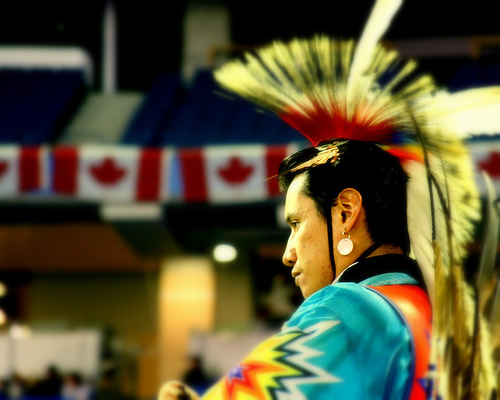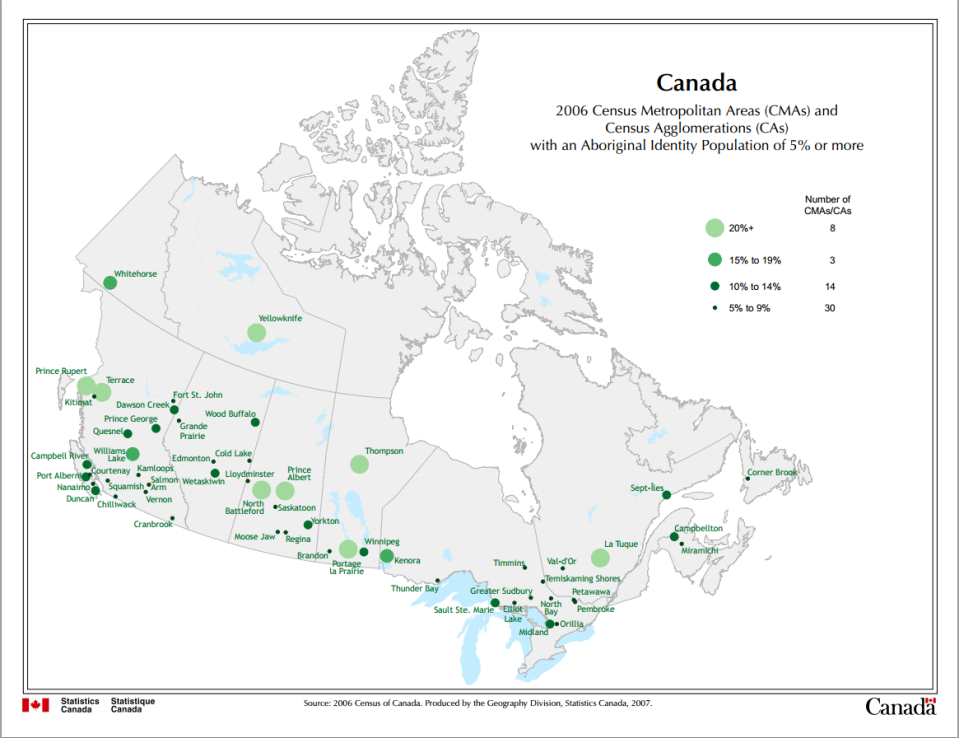TECHNOLOGY AND ABORIGINALS

Technology has arrived to people’s hand. But not only affecting Canadians and Americans, but also aboriginal people.
Defined as the “Descendants of the original inhabitants of North America” by the Government of Canada, aboriginals are developing opportunities with trainings in the usage of technology, in order to avoid a digital divide by the experts in their use.
“For aboriginal peoples, technology is both present and future. They are building technological capabilities , so members can take advantage of existing opportunities while looking forward to the development of new economic possibilities,” said David Greenall, researcher for The Conference Board of Canada.
He highlighted in his publication “Aboriginal Opportunities”that aboriginal people are creating new opportunities to achieve success, with skills in technology and leadership.
“Aboriginals are increasingly participating in the global economy. Building technological skills and competencies is key to education, employment and enterprise”.
He also mentioned that they are interested in giving answer to the problems they have, supporting leadership within their communities and technology strategies.
Concerns about aboriginals
Some of the challenges that aboriginals are facing nowadays are the low rates of labour force in comparison to the average Canadians.
Greenall said in his publication that they are having this low levels of opportunities because of the high drop rates in the education.
“High dropout rates contribute to the low proportion of on-reserve registered Indian population with at least a high-school education, with the result that there is less opportunity to develop the types of skills and attributes that employers are increasingly seeking,” he mentioned on the text.
Statistics from the Indian and Northern Affairs Canada and Sub-Comitee on Aboriginal Education revealed in Greenall publication that the dropout rate before completion of grade 9th is 18% among the First Nations in comparison to the 3% in all Canadians.
Other challenge that this community of people is facing is the digital gap that technology is creating between them and the Canadians who have easy access to electronic devices.
” There is a significant danger that Aboriginal peoples will be left behind and disenfranchised as the pace of technology adoption and integration in the economy increases. Canada’s Aboriginal peoples face many of the same issues and challenges discussed in debates surrounding information haves and have-nots in the developing world,”mentioned Greenall.
He also emphasized that the aboriginal community in Canada is running the risk of being excluded in economic opportunities and be pushed to the margins of the society.
” Some of the challenges that are affecting this communities are related to limited financial resources, insufficient human and technical resources, geographic isolation, insufficient technological infrastructure, and limited control over education,”said the researcher
Although technology has brought some complications to aboriginals, it has been used by aboriginals to reinforce their cultural values, create awareness about them, and give more importance to their traditions.
“They want to ensure that initiatives result in outcomes that are compatible with their reality. They want to be able to participate, from the earliest stages of decision making, in the selection and application of appropriate technologies,” said Greenall.

Related articles
- Canada’s relations with aboriginals in ‘crisis,’ UN envoy says after fact-finding mission (canada.com)
- Digital Divide (savvsmith.wordpress.com)
- UN fact-finder arrives in Canada to survey concerns of Aboriginal Peoples (globalnews.ca)